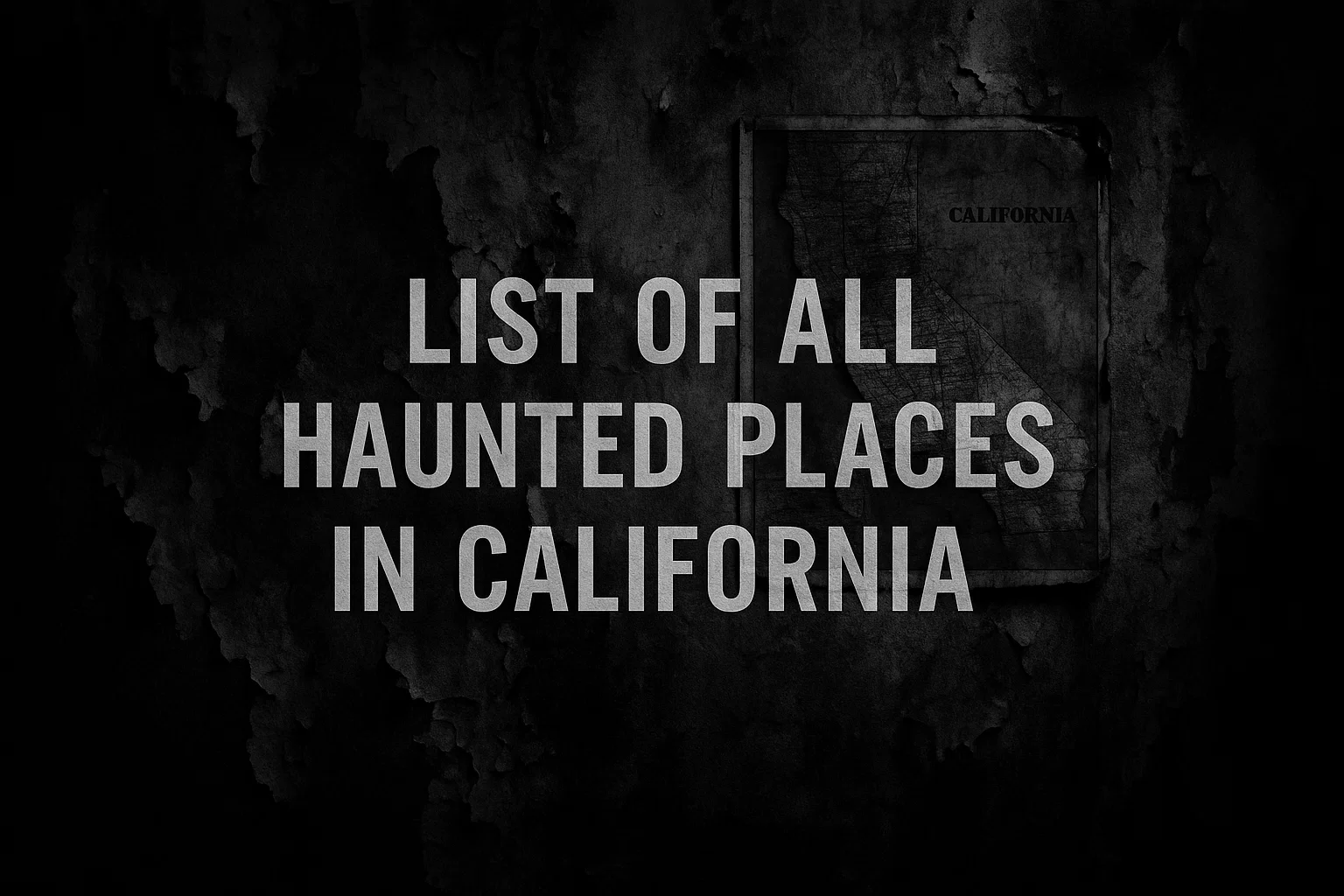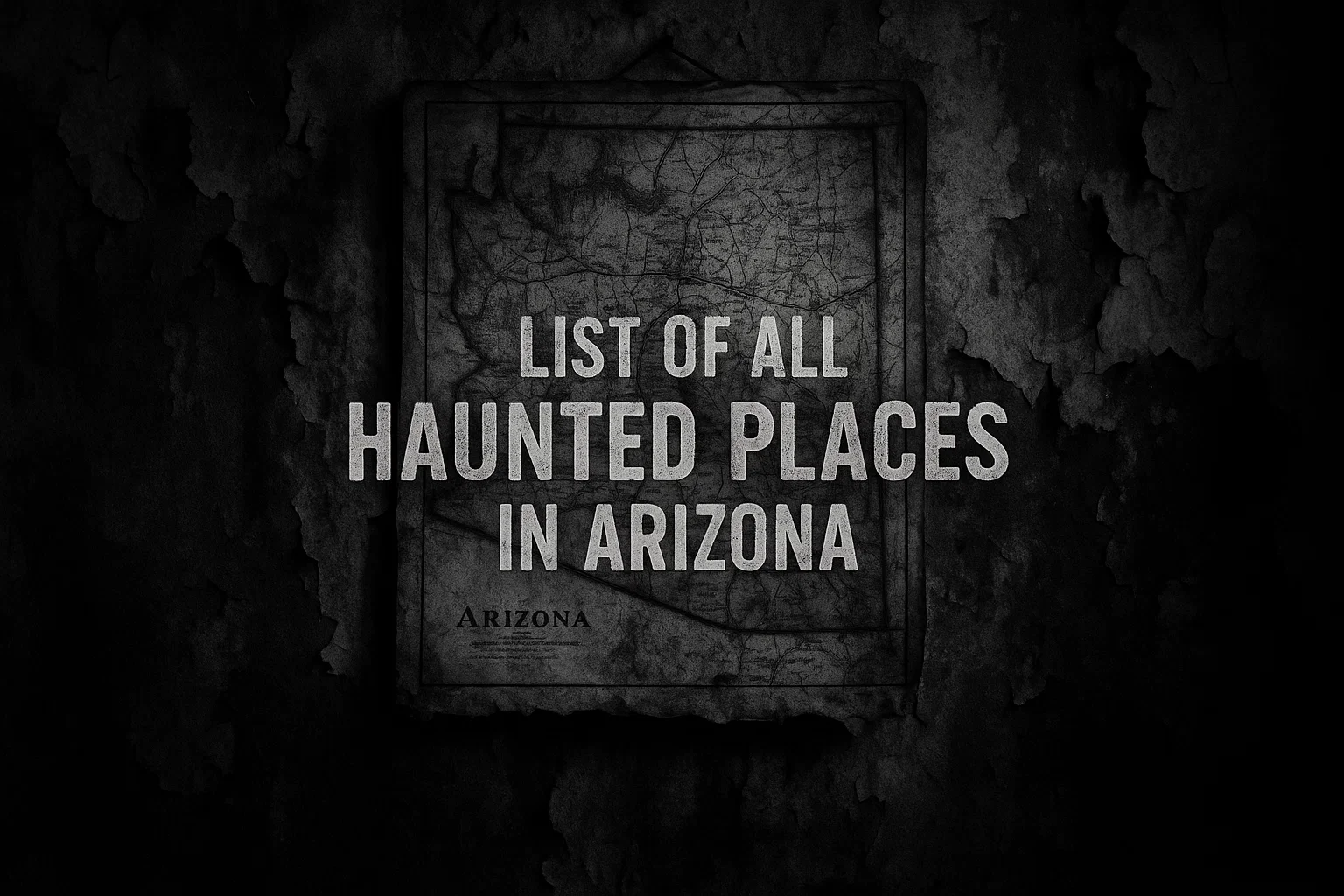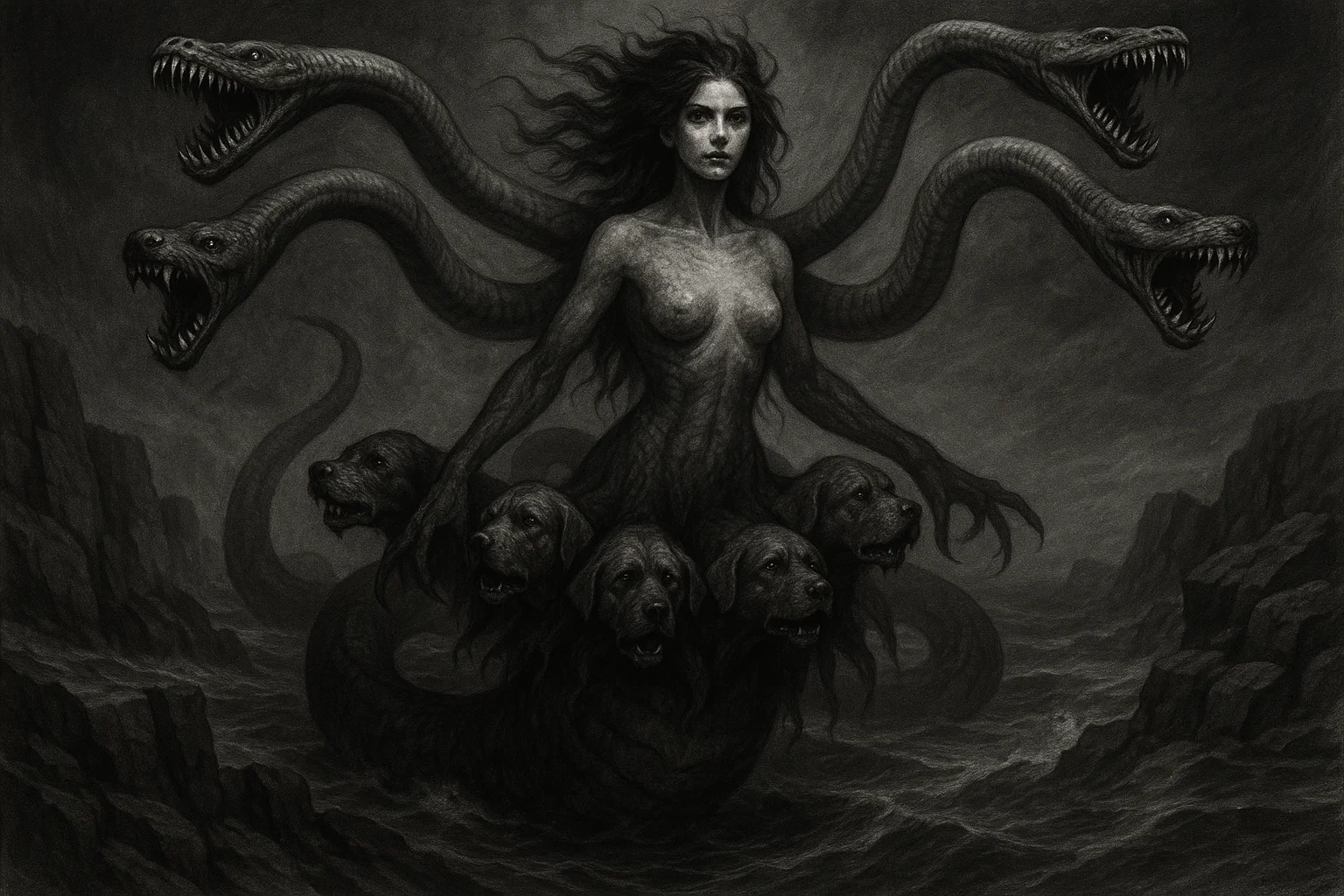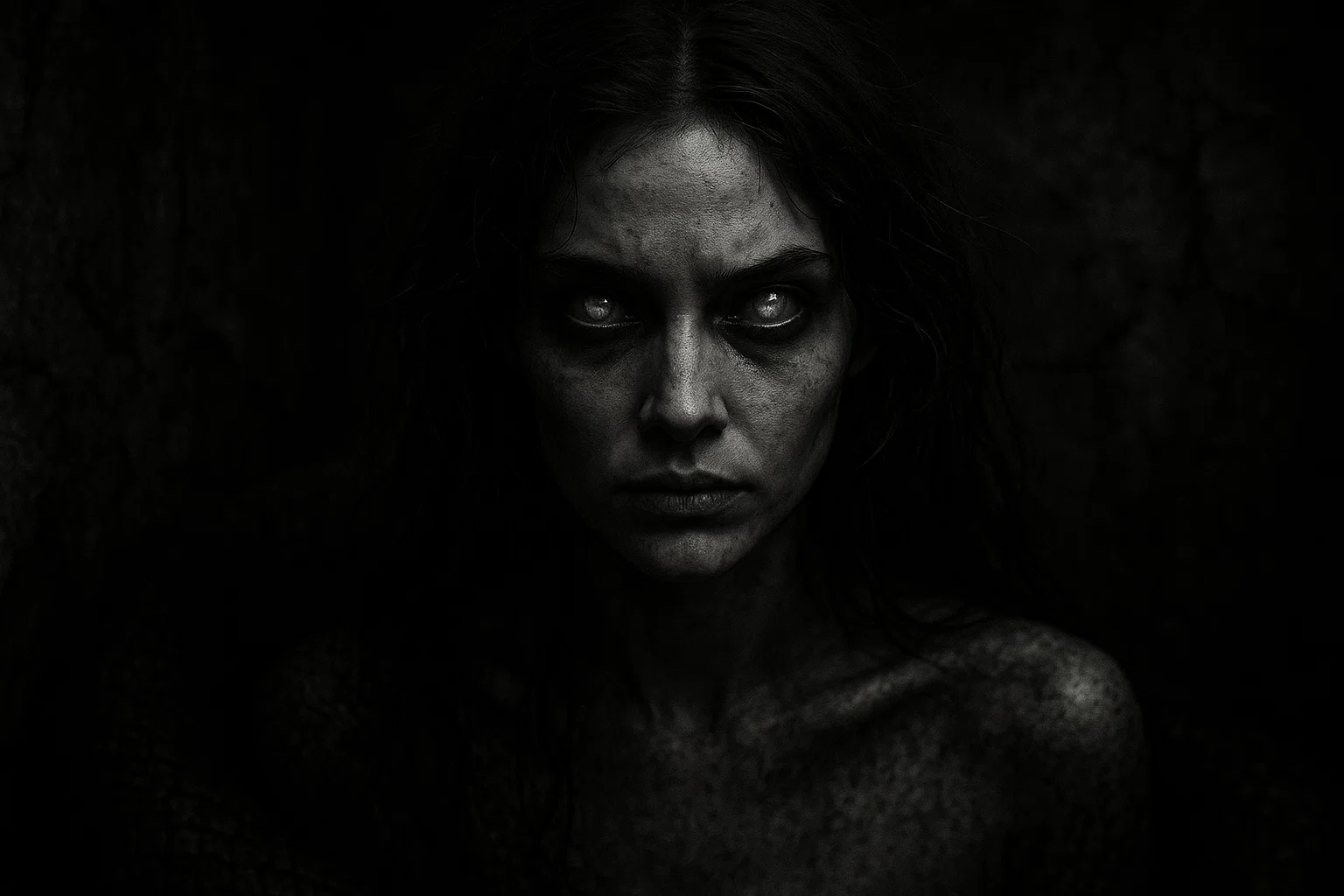Beneath the tranquil surface of Lake Champlain, a centuries-old enigma stirs curiosity and debate: the Champ Monster, or Champy, a legendary lake creature that has captivated locals, tourists, and cryptozoologists for generations.
Often likened to the Loch Ness Monster, this elusive cryptid has sparked over 300 reported sightings, weaving a tapestry of folklore, mystery, and speculation across the United States and Canada.
From Indigenous tales of a horned serpent to modern drone footage, the legend of Champ endures, raising questions about what lurks in the lake’s depths. Is it a prehistoric survivor, a misidentified fish, or a product of imagination?
Summary
Overview
| Aspect | Details |
|---|---|
| Name | Champ, Champy, Gitaskog, Onyare’kowa, Tatoskok |
| Habitat | Lake Champlain (New York, Vermont, Quebec) |
| Type | Lake monster, cryptid |
| First Sighting | 1609 (disputed, likely longnose gar) |
| Total Sightings | Over 300 documented |
| Description | Serpentine, horse-like head, humps, 15-50 ft (exaggerated claims up to 200 ft) |
| Evidence | 1977 Mansi photo, 2005 video, 2003 echolocation, 2024 drone footage |
| Theories | Misidentified fish, optical illusions, hoaxes, prehistoric survivor, unknown species |
What Is the Champ Monster?
Champ, affectionately known as Champy, is a legendary aquatic creature said to inhabit Lake Champlain, a sprawling 125-mile-long freshwater lake straddling New York, Vermont, and Quebec, Canada.
Rooted in Abenaki and Iroquois folklore, the creature is often described as a giant, horned serpent or snake-like being, known by names like Gitaskog (Abenaki for “great serpent”) or Onyare’kowa (Iroquois for “large snake”).
Some Indigenous stories also refer to it as Tatoskok, a mythical serpent tied to the lake’s spiritual significance.
The legend gained traction with European settlers, with the earliest disputed sighting attributed to Samuel de Champlain in 1609, though his description likely referred to a longnose gar. Over the centuries, Champ has become a cultural icon, inspiring festivals, tourism, and even the Vermont Lake Monsters baseball team.
Sightings describe a creature with a serpentine body, humps, and a horse-like head, fueling comparisons to Scotland’s Loch Ness Monster. Despite extensive searches, no definitive proof exists, leaving Champ as a blend of folklore, mystery, and regional pride.
The creature’s prominence in local culture is undeniable. Towns like Port Henry, New York, celebrate Champ with festivals and statues, while Burlington, Vermont, promotes it as a tourism draw.
The legend also carries ecological significance, as Champ’s protected status under Vermont and New York law reflects efforts to preserve Lake Champlain’s ecosystem.
Whether a real creature or a myth, Champ embodies the allure of the unknown, drawing adventurers to the lake’s shores in search of answers.
You May Also Like: Is the Plantation House Haunting in Prattville Real? Witnesses Say Yes
What Does Champ Monster Look Like?
Eyewitness accounts of Champ paint a varied but intriguing picture. Common descriptors include:
- Body Shape: A long, serpentine body with multiple humps or coils visible above the water, resembling a sea serpent or plesiosaur.
- Size: Estimates range from 15 to 50 feet, though exaggerated claims reach 200 feet, likely due to optical distortions or embellishment.
- Coloration: Dark brown, gray, green, or black, with some reports noting glistening scales, a mane, or a slick, eel-like texture.
- Head and Features: Often described as horse-like, with a long neck, large eyes, and occasionally horns, teeth, or a white star on the forehead.
- Movement: Witnesses report fluid, undulating motion, with the creature gliding or diving swiftly, sometimes leaving ripples or wakes.
The 1977 Sandra Mansi photograph is the most iconic visual, showing a creature with a long neck and humped back emerging from shallow water.
Other accounts, like the 1819 Captain Crum sighting, describe fantastical details such as a seahorse-like head and onion-like eyes, suggesting embellishment or misperception.
Inconsistencies in size and features across reports highlight the subjective nature of sightings, possibly influenced by lighting, distance, or expectation.
Habitat
Lake Champlain is a 435-square-mile freshwater lake, stretching 125 miles from Whitehall, New York, to Quebec, Canada, with a maximum depth of 400 feet.
Its diverse ecosystem supports fish like lake sturgeon, lake trout, Atlantic salmon, and longnose gar, alongside mammals such as beavers, otters, and muskrats.
The lake’s terrain varies from shallow bays like Bulwagga Bay and Missisquoi Bay to deep channels near Split Rock and the Palisades. Underwater caves, rocky ledges, and dense aquatic vegetation provide potential hiding spots for a large creature.
The lake’s cold, oxygen-rich waters could theoretically sustain a sizable aquatic species, though food scarcity poses challenges for a large predator.
The region’s history is steeped in unexplained phenomena, amplifying Champ’s mystique. Lake Champlain has been linked to other paranormal events, including UFO sightings in the 1970s near Plattsburgh, New York, and ghostly apparitions reported along the lake’s shores, particularly near Fort Ticonderoga.
Local legends also include tales of drowned sailors and phantom ships, possibly tied to the lake’s role in the Revolutionary War and War of 1812. The Abenaki and Iroquois viewed the lake as a spiritual nexus, with stories of water spirits and serpentine creatures predating European settlement.
While no other cryptids are explicitly tied to Lake Champlain, the region’s history of unexplained lights, sounds, and disappearances fuels speculation that Champ may be part of a broader supernatural tapestry.
Human activity, including fishing, boating, and tourism, increases sighting opportunities, particularly in busy areas like Burlington and Port Henry.
You May Also Like: Werewolf Bloodline? The Dark Truth of the Gandillon Family
Champ Monster Sightings
With over 300 reported sightings, Champ is one of America’s most frequently sighted cryptids:
| Date | Location | Witness(es) | Description |
|---|---|---|---|
| 1609 | Lake Champlain | Samuel de Champlain (disputed) | 20 ft serpent, thick as a barrel, horse-like head (likely longnose gar). |
| July 22, 1819 | Port Henry, NY | Captain Crum | 187 ft black serpent, seahorse-like head, three teeth, white star on forehead. |
| July 2, 1873 | Dresden, NY | Railroad crew | Enormous serpent with bright silvery scales. |
| August 9, 1873 | Near Dresden, NY | Sheriff Nathan H. Mooney | 25-30 ft serpent with round white spots in mouth. |
| August 15, 1873 | Lake Champlain | W.B. Eddy passengers | Large creature nearly capsized steamship. |
| 1886 | Lake Champlain | Anonymous boater | Large snake-like creature with humps, seen near Plattsburgh, NY. |
| 1945 | Lake Champlain | S.S. Ticonderoga passengers | Unspecified creature sighted in the lake. |
| July 5, 1977 | Bristol, VT | Sandra Mansi | Long neck, humped back, dinosaur-like head; photographed in shallow bay. |
| July 30, 1984 | Burlington, VT | Spirit of Ethan Allen passengers | Large creature with long neck and humps, seen by over 20 witnesses. |
| February 22, 2005 | Port Henry, NY | Dick Affolter, Pete Bodette | Video of plesiosaur-like head and neck, possibly a fish or eel. |
| June 15, 2010 | Missisquoi Bay, VT | Local fisherman | Serpentine creature, 20 ft, seen at dusk. |
| August 2, 2024 | Bulwagga Bay, NY | Lucy & the Lake Monster film crew | Drone footage of creature larger than a 142-inch boat, serpentine with humps. |
1819: Captain Crum’s Encounter (July 22, 1819, Port Henry, NY)
On July 22, 1819, Captain Crum, a local boatman, reported seeing a massive creature near Port Henry, New York. He described a 187-foot black serpent with a seahorse-like head, three prominent teeth, eyes like “peeled onions,” and a white star on its forehead.
The sighting, reported in the Plattsburgh Republican, occurred at dusk, with Crum observing the creature from a distance of 200 yards.
The exaggerated length suggests misperception due to lighting or distance, but the vivid details fueled early Champ mania, making it one of the first widely publicized sightings.
1873: Sheriff Nathan H. Mooney’s Sighting (August 1873, Dresden, NY)
In August 1873, Sheriff Nathan H. Mooney spotted a 25-30-foot serpent near Dresden, New York, while patrolling the lake’s shore. He described a creature with a long neck, dark scales, and round white spots in its mouth, visible as it surfaced briefly before diving.
Mooney’s account, published in local newspapers, followed a sighting days earlier by a railroad crew, who reported a similar “enormous serpent” with silvery scales. The consistency between these reports lent credibility, though skeptics suggest they mistook a large fish or log.
1977: Sandra Mansi’s Photograph (July 5, 1977, Bristol, VT)
On July 5, 1977, Sandra Mansi and her family were picnicking near Bristol, Vermont, when she noticed a creature emerging from a shallow bay. She described a long-necked, humped creature, about 15-20 feet long, resembling a plesiosaur.
Mansi snapped a single photograph, which became the most famous visual evidence of Champ. The image shows a dark, curved object rising from the water, but Mansi’s delay in sharing it (four years) and the loss of the negative raised doubts.
Analysis confirmed no tampering, but skeptics argue it could depict a log or bird.
You May Also Like: What Was the Soviet Dog Head Experiment?
1984: Spirit of Ethan Allen Mass Sighting (July 30, 1984, Burlington, VT)
On July 30, 1984, passengers aboard the sightseeing vessel Spirit of Ethan Allen near Burlington, Vermont, reported a mass sighting of Champ.
Over 20 witnesses, including tourists and crew, described a large creature with a long neck and humps moving swiftly through the water. The sighting occurred in broad daylight, with calm conditions, reducing the likelihood of an optical illusion.
The collective testimony strengthened the case for Champ, though no photographs were taken.
2005: Affolter and Bodette Video (February 22, 2005, Lake Champlain)
Fishermen Dick Affolter and Pete Bodette captured video footage on February 22, 2005, while fishing near Port Henry, New York. The video shows a plesiosaur-like creature with a long neck and small head, swimming near their boat.
Lasting several seconds, the footage was analyzed by FBI experts, who deemed it authentic but inconclusive, suggesting it could be a large fish or eel. The video reignited public interest and remains a key piece of evidence.
2024: Lucy & the Lake Monster Drone Footage (August 2, 2024, Bulwagga Bay, NY)
On August 2, 2024, the film crew for Lucy & the Lake Monster captured drone footage in Bulwagga Bay, New York.
The 10-second clip shows a creature larger than a 142-inch boat, with a serpentine body and humps. The footage, shared widely on social media, prompted scientific scrutiny, with researchers noting its clarity but cautioning that it could depict a large fish or wave pattern.
The sighting has revitalized Champ’s legend, drawing new attention to Lake Champlain.
Evidence & Investigations
Despite numerous sightings, physical evidence for Champ remains scarce and inconclusive. Key pieces include:
- 1977 Sandra Mansi Photograph: Taken on July 5, 1977, near Bristol, Vermont, this image shows a dark, curved object with a long neck and humped back. Mansi described it as a living creature, but the photo’s authenticity is debated due to her four-year delay in sharing it and the missing negative. Analysis in 1981 confirmed no tampering, but experts suggest it could depict a log, bird, or wave. The photo remains the most iconic Champ evidence, fueling both belief and skepticism.
- 2005 Affolter and Bodette Video: On February 22, 2005, fishermen Dick Affolter and Pete Bodette recorded a creature with a plesiosaur-like head and neck near Port Henry, New York. The FBI analyzed the footage, confirming its authenticity but concluding it could be a large fish, eel, or otters swimming in formation. The video’s clarity and duration make it a significant piece of evidence, though not definitive.
- 2003 Echolocation Recordings: In 2003, the Fauna Communications Research Institute, in collaboration with the Discovery Channel, recorded sounds resembling Beluga whale or dolphin echolocation in Lake Champlain. Published in scientific literature, these findings are intriguing, as no known species in the lake produce such sounds. The recordings suggest an unknown aquatic creature but lack physical corroboration.
- 2024 Drone Footage: Captured on August 2, 2024, in Bulwagga Bay for the film Lucy & the Lake Monster, this 10-second clip shows a large, serpentine creature. Shared widely on social media, it has been submitted for scientific analysis. Preliminary reviews suggest it could be a large fish or wave pattern, but its size and movement keep the debate alive.
- Historical Artifacts: Indigenous artifacts, including Abenaki carvings depicting serpentine creatures, have been found near Lake Champlain, suggesting a cultural basis for Champ. However, these are symbolic and not direct evidence.
- Sonar and Expeditions: Multiple sonar surveys, including those led by cryptozoologist Joseph Zarzynski in the 1980s, detected large, unidentified objects in the lake’s depths. However, these could be schools of fish, logs, or equipment artifacts. Aerial searches and underwater dives have yielded no conclusive results, hampered by the lake’s size and depth.
Investigations have been limited by funding and technology. Zarzynski, a prominent Champ researcher, proposed the scientific name Beluaaquatica champlainiensis and conducted extensive searches, but mainstream science dismisses cryptozoology as pseudoscience.
The lake’s murky waters and vast expanse make thorough exploration challenging, leaving most evidence open to interpretation.
You May Also Like: Lizard Man of Scape Ore Swamp: Creepiest Facts Revealed
Theories
Several theories attempt to explain Champ sightings, each with strengths and weaknesses:
Misidentification of Large Fish
Lake Champlain hosts large fish like lake sturgeon (up to 7 ft), longnose gar (up to 6 ft), and bowfin, which have prehistoric appearances. These could be mistaken for a monster, especially in low light or from a distance.
Samuel de Champlain’s 1609 account likely describes a gar, and many sightings align with fish characteristics. However, this theory struggles to explain reports of humps, long necks, or coordinated movement, as fish rarely surface in such patterns.
Why It Fits: Fish are abundant in Lake Champlain, and their size and shape can resemble a serpent when distorted by water or light.
Why It Doesn’t: Descriptions of horse-like heads, multiple humps, and large sizes exceed known fish anatomy.
Optical Illusions and Mirages
Temperature inversions over Lake Champlain can create superior mirages, distorting objects like logs, birds, or swimming animals to appear larger or serpentine.
This phenomenon is common in large lakes and could explain distant sightings, such as Captain Crum’s 1819 report. However, close-up sightings, like the 1984 Spirit of Ethan Allen event, are harder to attribute to optical effects.
Why It Fits: Mirages are scientifically documented and could account for exaggerated sizes or shapes.
Why It Doesn’t: Many sightings occur in clear conditions or at close range, reducing the likelihood of distortion.
Hoaxes and Misinterpretations
Some sightings may be hoaxes or honest misinterpretations. The Mansi photograph’s delayed release and missing negative raise suspicions, and historical accounts like Crum’s include fantastical details (e.g., onion-like eyes) suggesting embellishment. Cultural fascination with lake monsters may also lead witnesses to misinterpret natural phenomena.
Why It Fits: Hoaxes are common in cryptid lore, and human perception is prone to error.
Why It Doesn’t: Mass sightings, like the 1984 event, and consistent descriptions across centuries suggest not all reports are fabricated.
Surviving Prehistoric Creature
Cryptozoologists speculate that Champ could be a surviving plesiosaur, zeuglodon (extinct whale), or mosasaur.
The 1977 and 2005 visuals resemble plesiosaurs, and Lake Champlain’s glacial origins suggest it could have trapped ancient creatures. However, plesiosaurs went extinct 66 million years ago, and the lake’s freshwater environment and limited food supply make this unlikely.
Why It Fits: Some sightings match prehistoric reptile descriptions, and the lake’s depth could hide such a creature.
Why It Doesn’t: No fossil evidence supports plesiosaurs in freshwater, and the lake’s ecosystem cannot sustain a large predator.
Unknown Aquatic Species
Champ could be an undiscovered species, such as a large eel, fish, or amphibian. The 2003 echolocation-like sounds support this, as no known Lake Champlain species produce such signals. An unknown species could explain consistent sightings without requiring prehistoric survival.
Why It Fits: New species are occasionally discovered, and the lake’s size allows for hidden populations.
Why It Doesn’t: No physical evidence (e.g., bones, scales) has been found, and the lake’s ecosystem is well-studied.
Cultural or Psychological Phenomenon
Champ may be a cultural artifact, rooted in Indigenous stories and amplified by modern media.
Abenaki and Iroquois tales of serpentine spirits predate European sightings, and the Loch Ness Monster’s fame in the 1930s may have influenced Champ reports. Psychological factors, like pareidolia (seeing patterns in random shapes), could explain some sightings.
Why It Fits: Cultural narratives and human psychology can create persistent legends.
Why It Doesn’t: Physical evidence, like the 2005 video, suggests something tangible in some cases.
Most Likely Theory
The misidentification of large fish, combined with optical illusions, is the most plausible explanation. Lake Champlain’s ecosystem supports large fish like sturgeon and gar, which can appear monstrous under certain conditions.
Mirages and human error further account for exaggerated descriptions, while the lake’s depth and size make definitive proof elusive. This theory aligns with scientific principles and the lack of physical evidence, though it doesn’t fully explain all sightings, particularly those with video or mass witnesses.
You May Also Like: Fouke Monster 2024: New Sightings Shake Locals
Comparison with Other Similar Cryptids
Champ shares traits with other lake monsters worldwide:
| Cryptid | Habitat | Description | Sightings |
|---|---|---|---|
| Loch Ness Monster | Loch Ness, Scotland | Long-necked, humped, 20-30 ft | ~1,000+ |
| Ogopogo | Okanagan Lake, Canada | Serpentine, 40-100 ft | ~300 |
| Mokele-Mbembe | Congo River basin | Sauropod-like, herbivorous, 30 ft | ~300 |
| Manipogo | Lake Manitoba, Canada | Serpentine, 15-20 ft | ~50 |
| Bessie | Lake Erie, USA/Canada | Serpentine, 30-40 ft | ~100 |
| Glosten | Lake Storsjön, Sweden | Horse-like head, serpentine, 20 ft | ~200 |
| Nahuelito | Lake Nahuel Huapi, Argentina | Serpentine, 20-25 ft | ~200 |
| Lagarfljótsormur | Lagarfljót, Iceland | Serpentine, very long | ~100 |
| Paddo | Lake Brosno, Russia | Serpentine, 5-10 ft | ~50 |
| Taniwha | Various, New Zealand | Varies, often serpentine | Cultural |
| Altie | Loch Alta, Scotland | Serpentine, 15-20 ft | ~20 |
| Ida | Lake Ida, Florida, USA | Serpentine, 10-15 ft | ~10 |
Is Champ Monster Real?
The reality of Champ remains an open question. Over 300 sightings, supported by photographs, videos, and echolocation-like sounds, provide compelling but inconclusive evidence.
Scientific investigations, including sonar surveys and underwater searches, have found no definitive proof, and mainstream science attributes most sightings to misidentified fish, optical illusions, or hoaxes.
The plesiosaur theory, while captivating, is ecologically and evolutionarily improbable. The 2003 echolocation recordings and 2024 drone footage keep the possibility of an unknown species alive, but without physical evidence like bones or scales, this remains speculative.
The most likely explanation—misidentification of large fish like lake sturgeon or longnose gar, combined with mirages—aligns with known science while acknowledging the lake’s complexity.
Beyond its physical existence, Champ is a cultural phenomenon, deeply embedded in Lake Champlain’s identity. It inspires festivals, tourism, and local pride, from Port Henry’s Champ Day to Burlington’s lakefront attractions.
The Vermont and New York governments have even passed resolutions protecting Champ, reflecting its ecological and cultural significance.
Whether a real creature or a product of folklore, Champ’s enduring legacy as a symbol of mystery ensures its place in the hearts of those who gaze across Lake Champlain, wondering what lies beneath.







